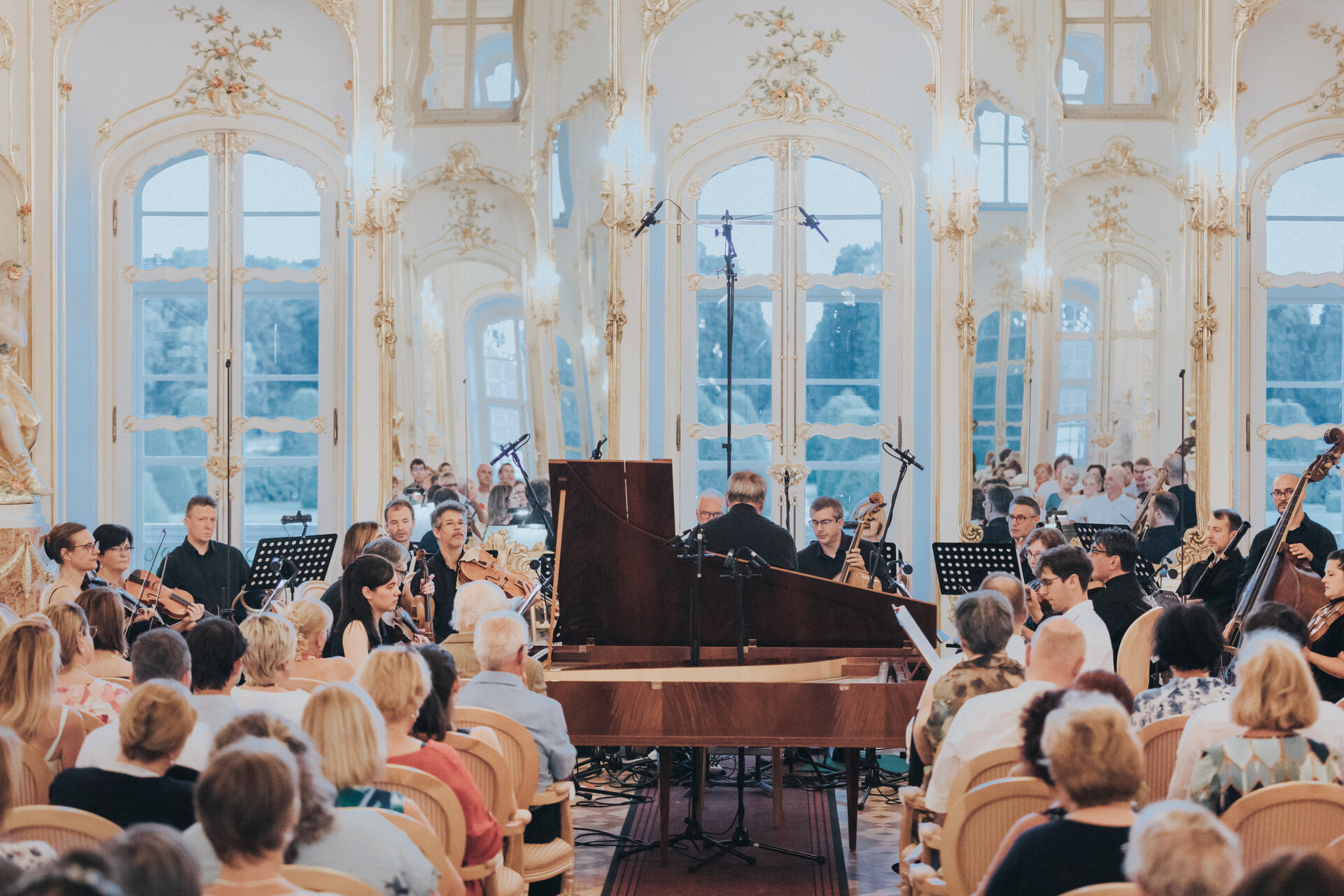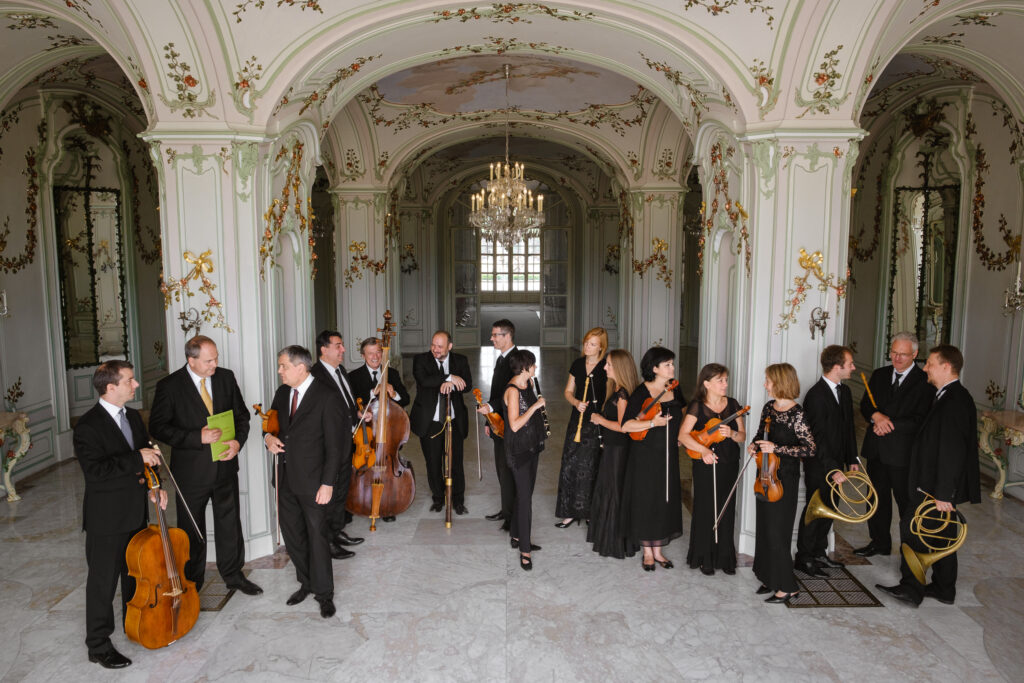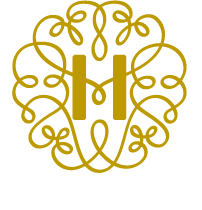Haydn was well known for the astonishing quantity of symphonies he composed, their number exceeding one hundred (the exact figure is between 104 and 108). Although based on recollections, he maintained an outstandingly strict daily routine, the scale of his life’s work cannot be explained by this alone, especially if we take into account the complex duties associated with overseeing the musical life of the Esterhazy court. In this case, the key to an excellent work ethic was not time management but how the task was defined.
The number of symphonies composed by specific artists fell off drastically following the dawn of the Romantic era as a result of its aesthetic ideals, which viewed music as a conduit for the transcendent perfection of the universe and thus expected individual works, at least the more complicated and larger scale pieces, to reflect this complexity in their motifs. Haydn however did not measure genius based on the necessarily organic layering of elements but inexhaustible imagination and virtuosic technical knowledge instead, the latter of these criteria being thoroughly fulfilled by the three-movement Symphony in C major, composed in 1765 and incorporating an Easter-themed Gregorian melody, just as well as by Op. 90 created at the behest of Count d’Ogny in 1788, the witty finale of which surprised even contemporary audiences. Framed by the two symphonies, one of Mozart’s concert pieces from Salzburg – Piano Concerto in E-flat major – will take centre stage, which he presumably composed for himself and his sister to be played on two fortepianos.






